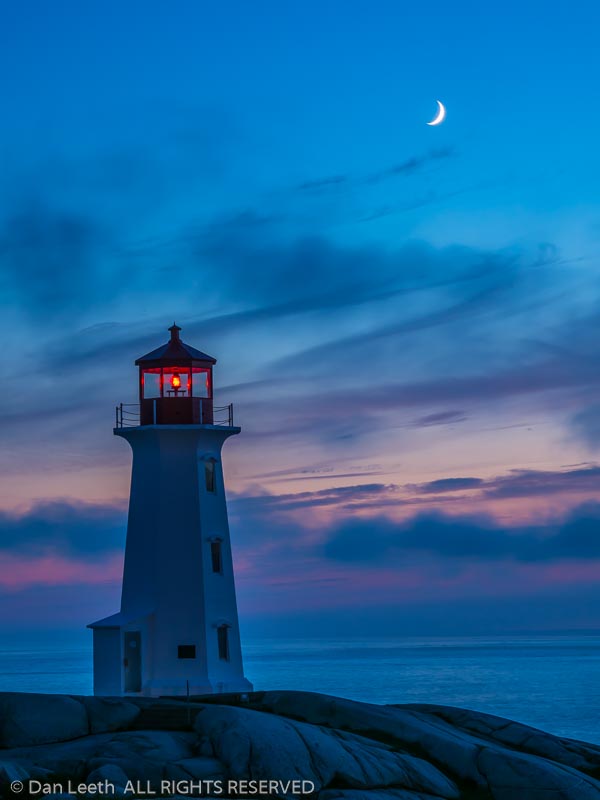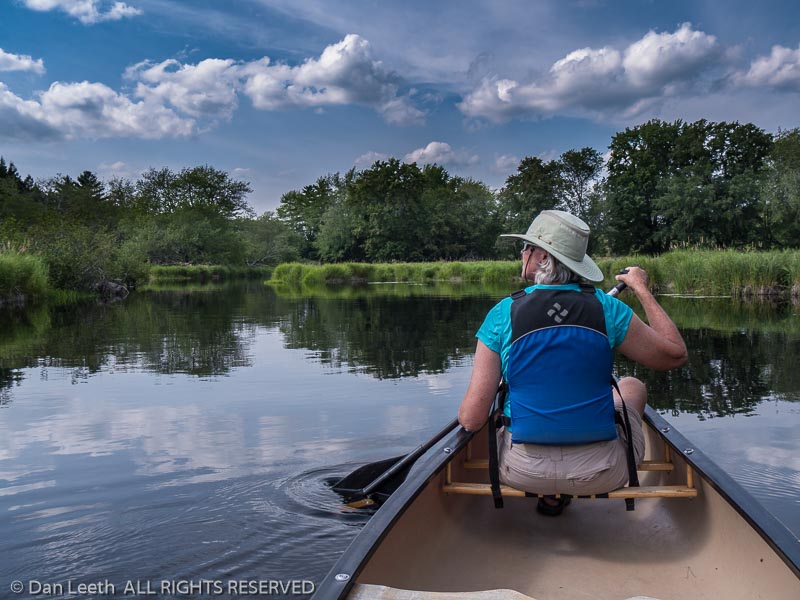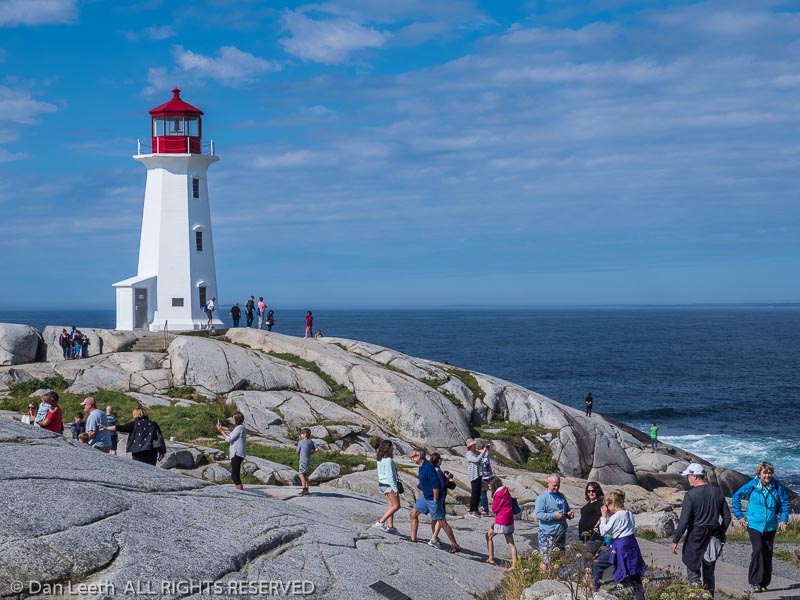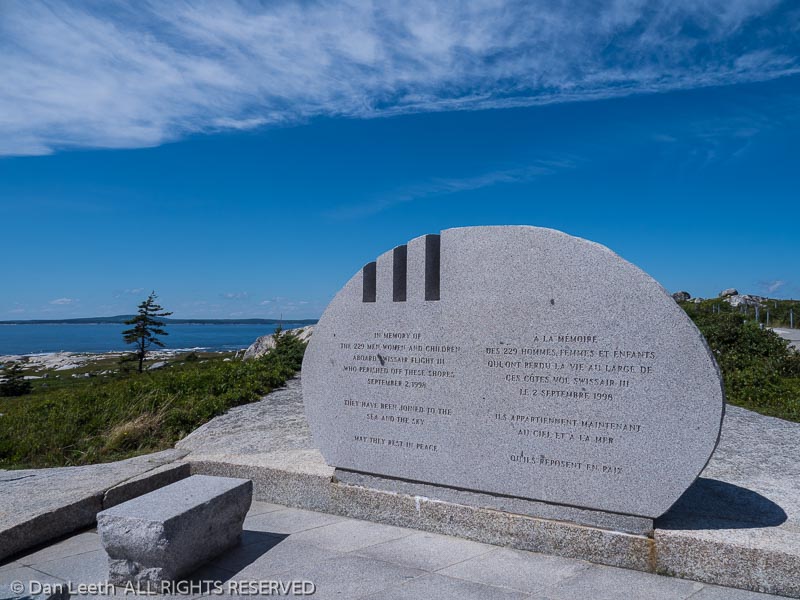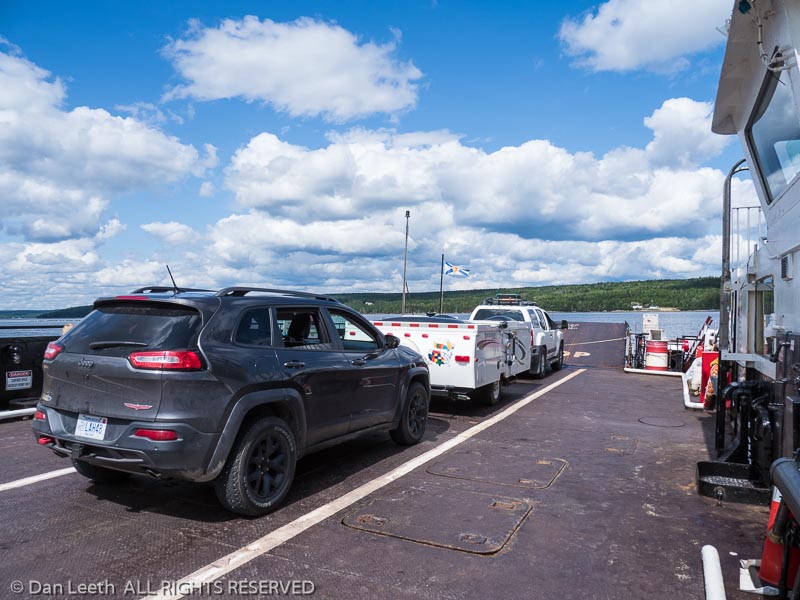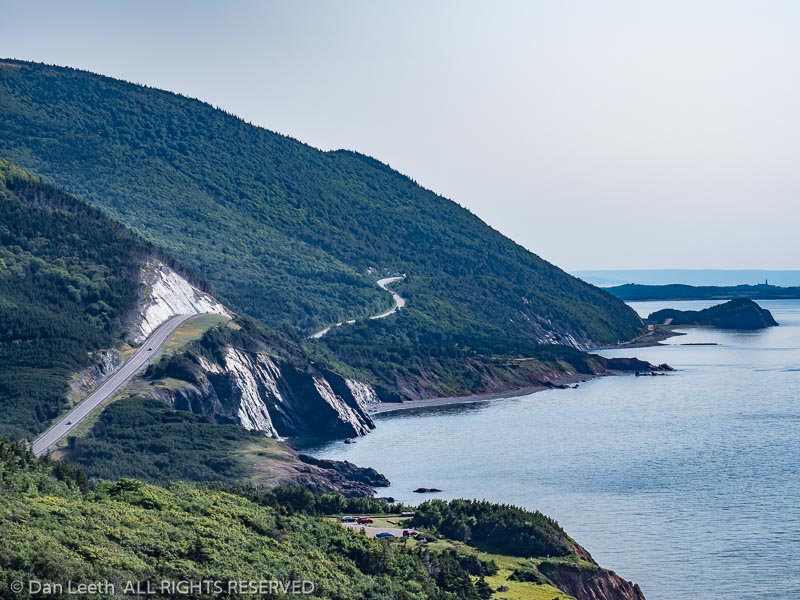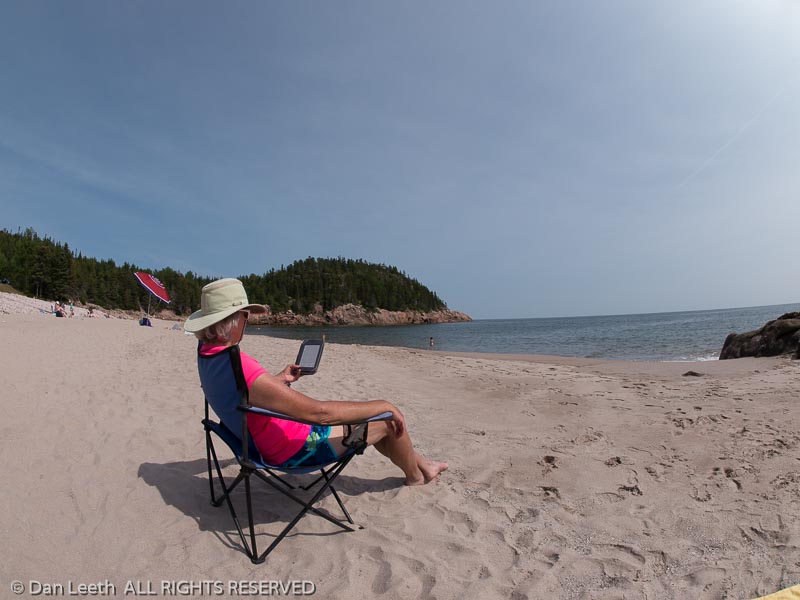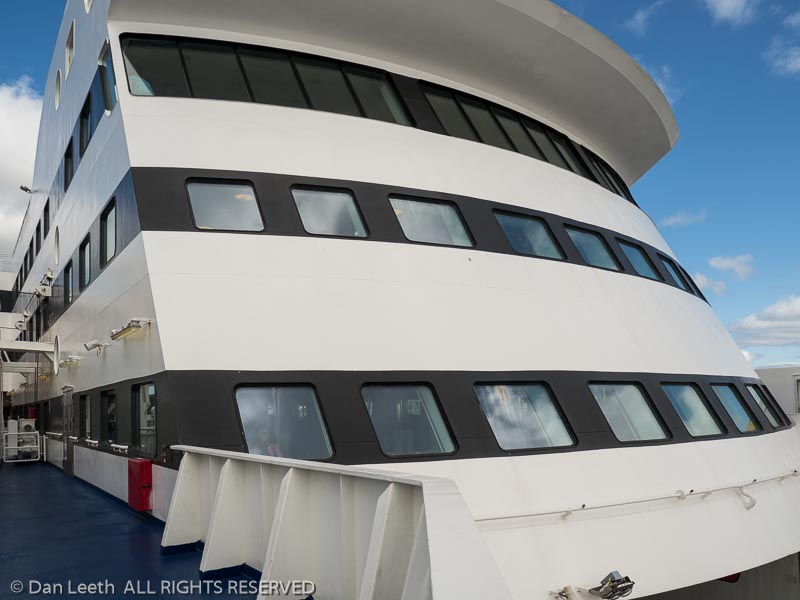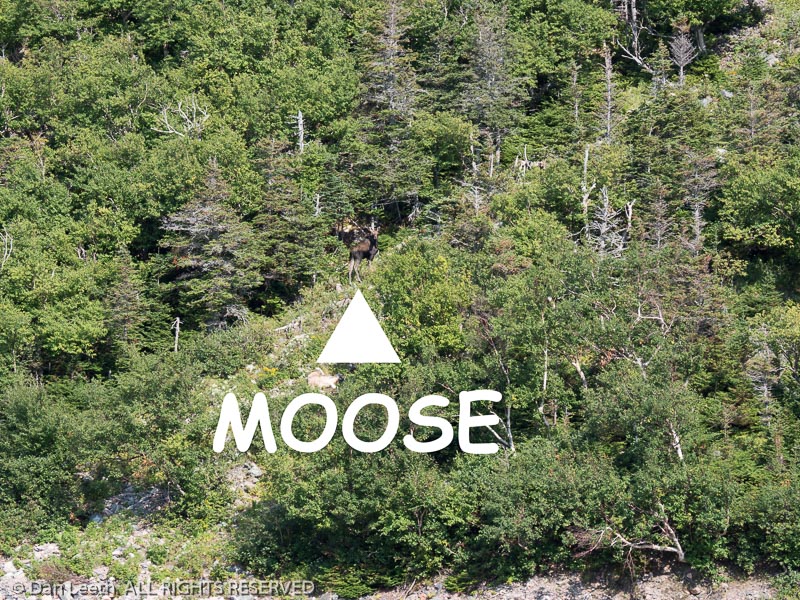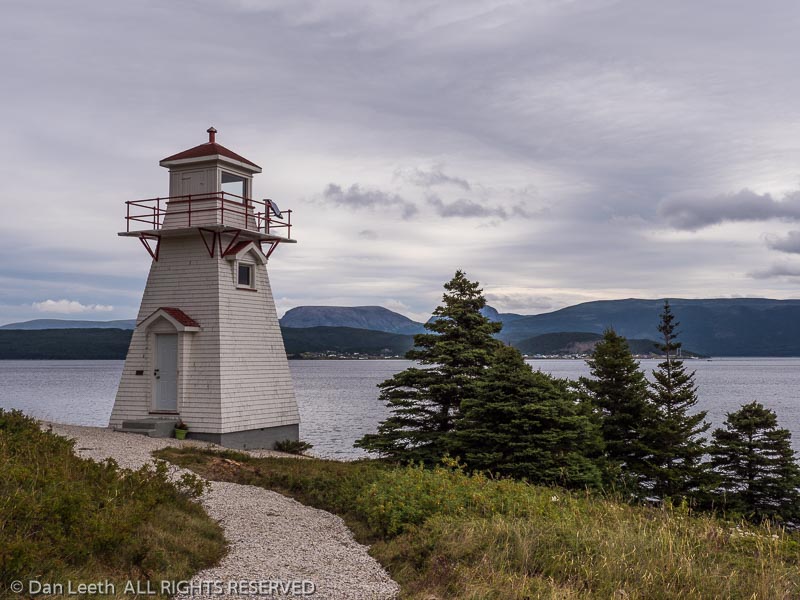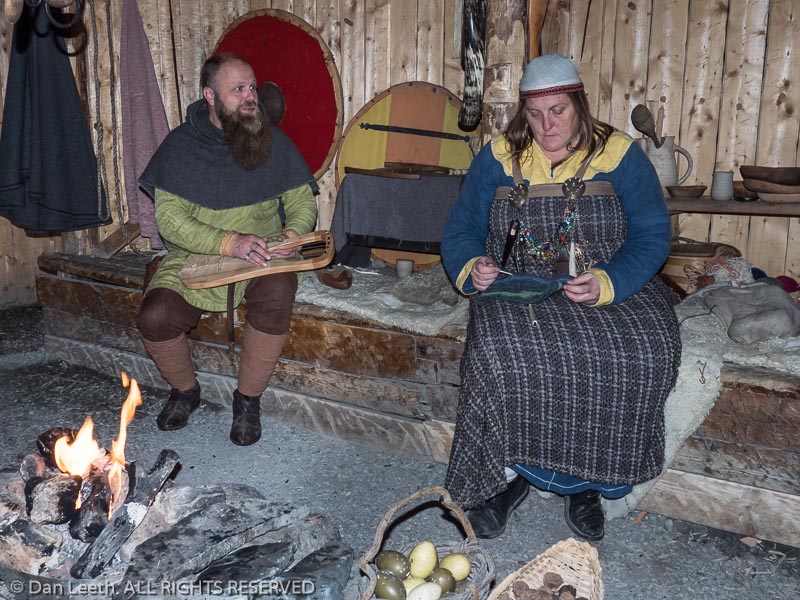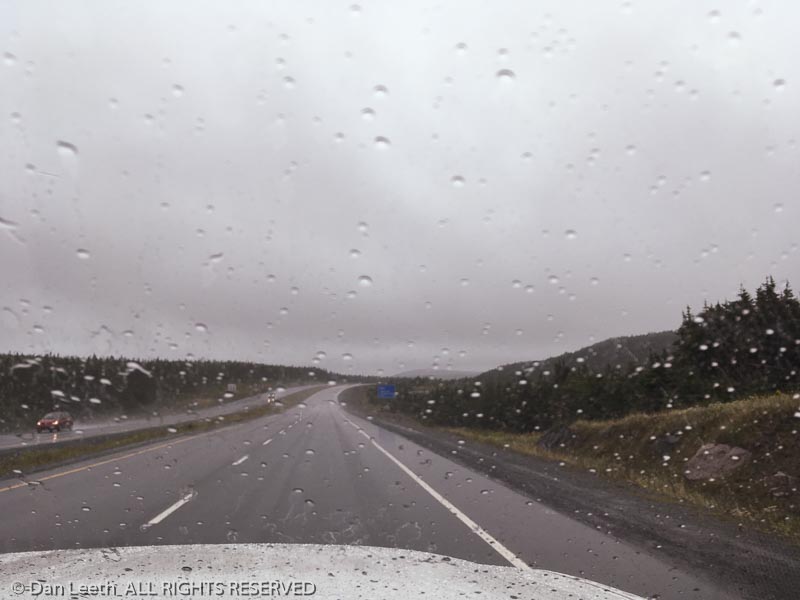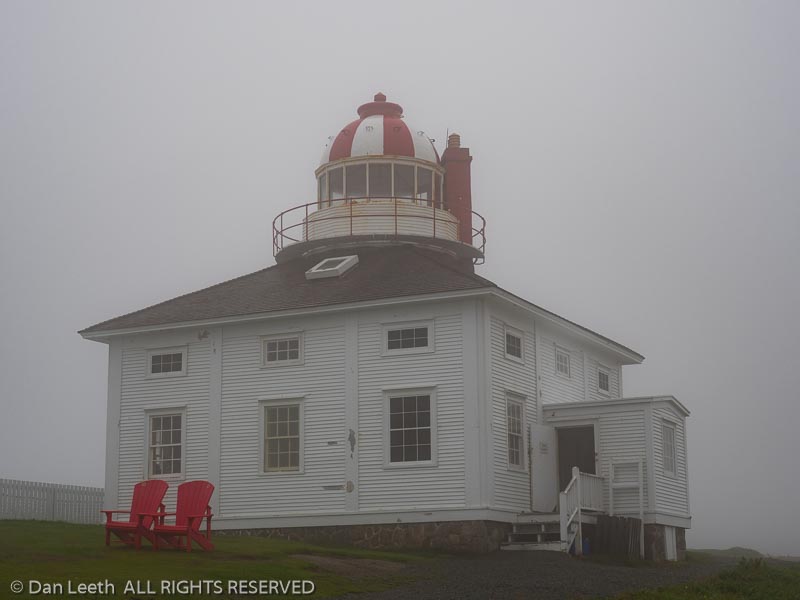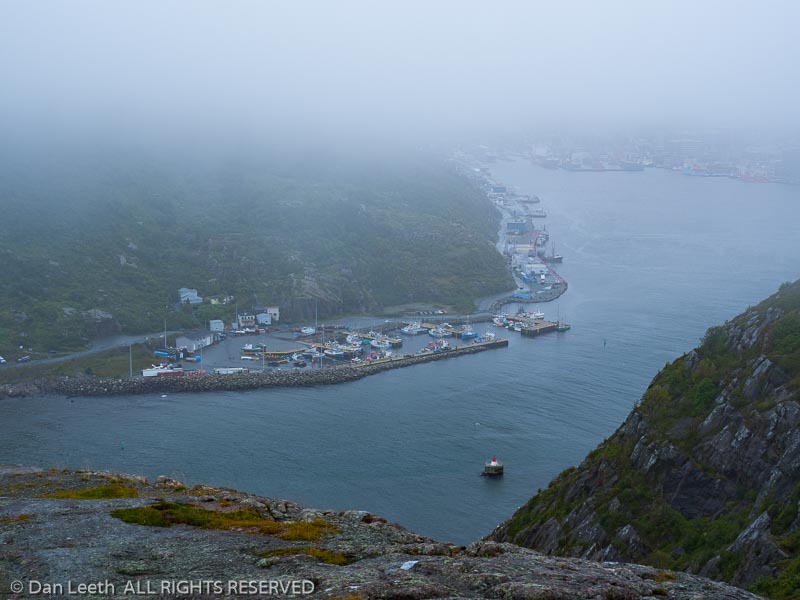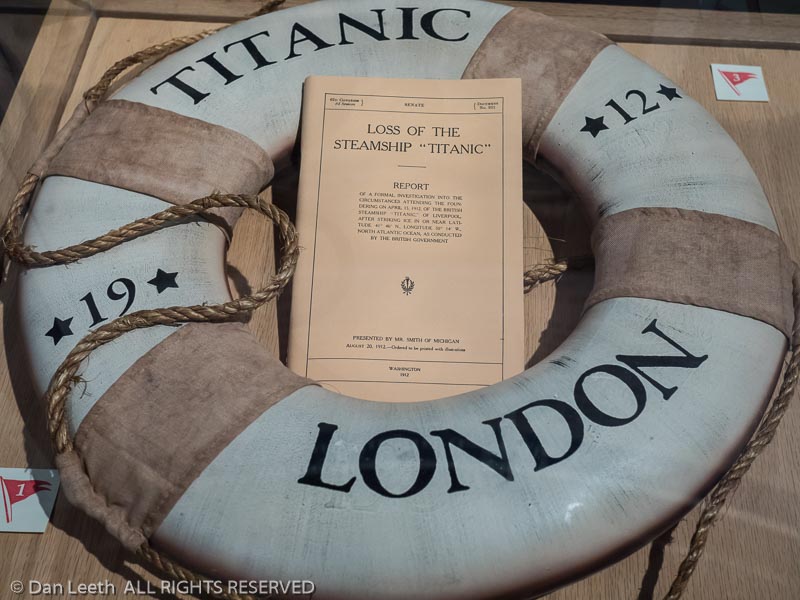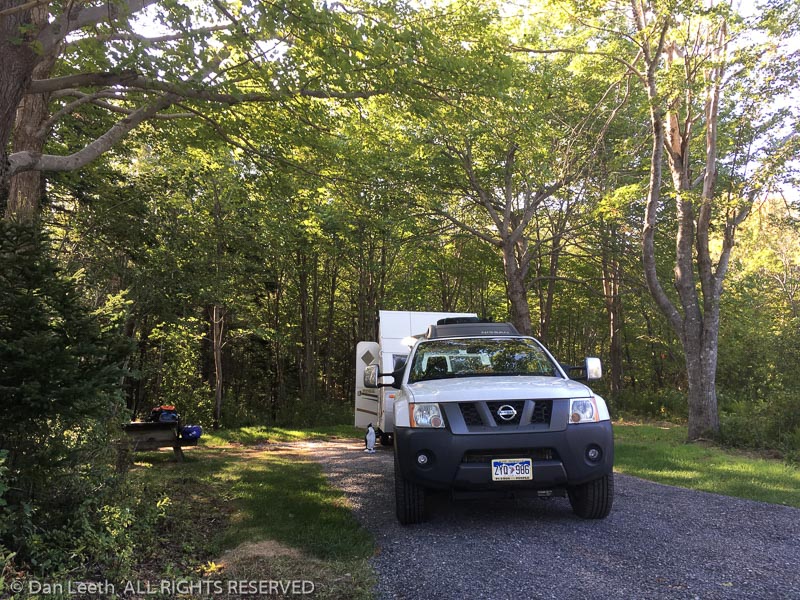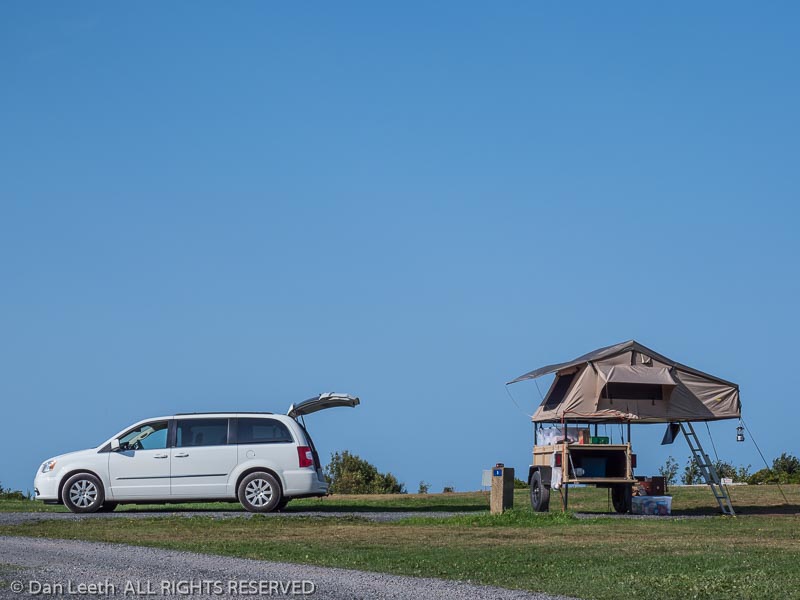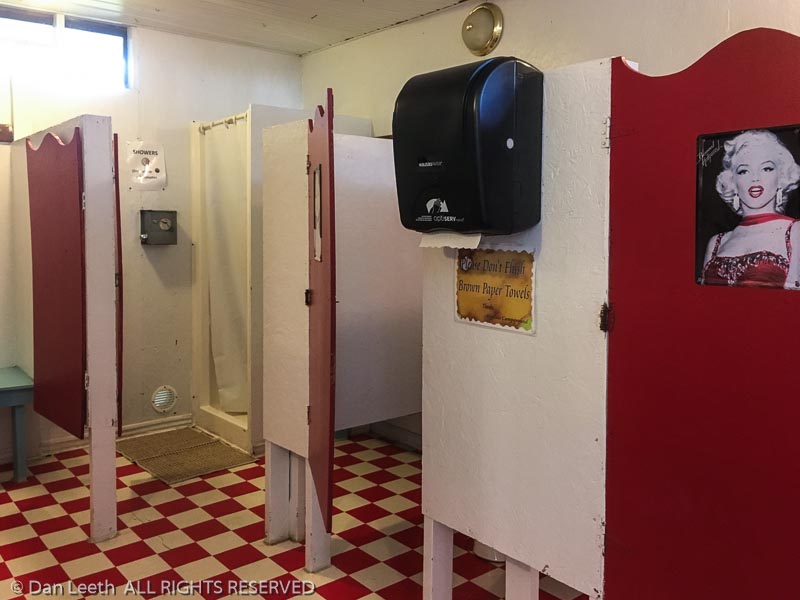
After 67 nights in 29 separate national park, provincial park and commercial campgrounds in Canada, I’m ready to share a few observations about Canadian campground restrooms.
First of all, they’re not called “restrooms.” In English-speaking Canada, they’re “washrooms” or “comfort stations” and in French-speaking Canada, they’re “toilettes.” It doesn’t matter. The man and woman stick-figure icons are universal.
Almost without exception, the facilities are extremely tidy with crews often cleaning twice a day. Most of the time, they’re closed to entry when being cleaned, but not in Québec where the cleaning staff, which often featured members of the opposite gender, cleaned with the facilities in use. It’s surprising to emerge from the shower or stall in the men’s room and find a young lady washing the sinks.
Speaking of sinks, we’ve yet to find a campground washroom/comfort station/toilette that didn’t feature hand-soap dispensers. A few had paper towels for drying, but most of the time, it was just a blow dryer that often didn’t work or featured an output so anemic as to be worthless.
As for paper, the Canadians have perfected the art of making super thin toilet tissue, which is thinner than the individual layers in two-ply Charmin. It comes on giant rolls, which is good because one has to use an abundance of it to get the job done. And while it’s not quilted like half-ply Charmin, it is relatively soft.
All the national and provincial parks we’ve stayed in have featured showers. They’re free in all the national parks we’ve sampled, and also come for free in Ontario and New Brunswick provincial parks. Not so in Manitoba and Québec provincial parks where they’re coin operated, typically four minutes for $1.
We generally avoid commercial RV parks in the U.S., so our American experience is limited. But we’ve never been charged to use the showers in a commercial campground south of the border. Not so up here in Canada. Of the eight commercial RV parks we’ve camped in, three have featured coin operated showers.
I’m convinced that people who design campground showers have never used one. With few exceptions, campground showers up here come tighter than Superman’s phone booth and lack benches, shelves, hooks or soap trays. Shower curtains are rarely seen and dressing area floors are almost always wet. We take our own portable, wooden shower platforms so we have a dry place to towel our toes.
Now, of course, none of this would be an issue if we had a real trailer or motor home with full hookups or holding tanks.
But then what would be complain about?

